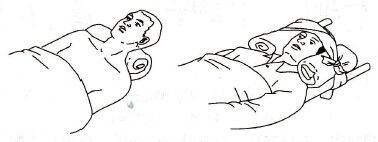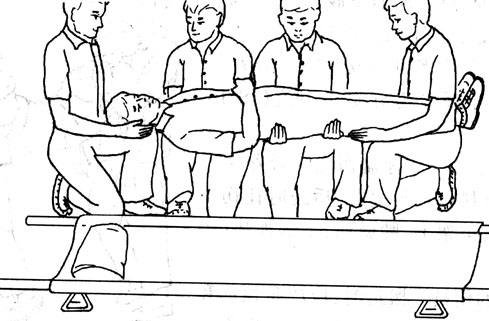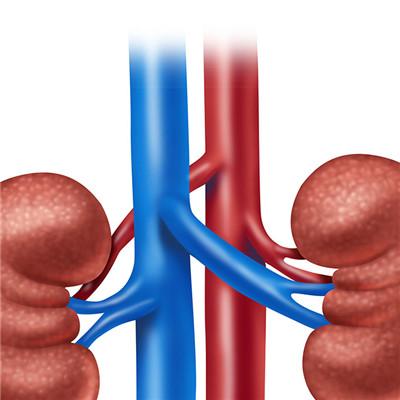What are the symptoms of linear fracture?
summary
With the continuous improvement of people's living standards, the speed of the highway is getting higher and higher. In these traffic accidents, it is inevitable that there will be some skull fractures. Therefore, most of us understand the relevant symptoms of the disease and make a correct judgment of the disease. The article we share below is how to analyze the symptoms of the three linear skull fractures.
What are the symptoms of linear fracture?
Anterior cranial fossa fracture: the fracture line is mostly longitudinal, involving the orbital plate and ethmoid bone of the frontal bone. The bleeding can flow out through the anterior nostril or into the orbit. The latter forms ecchymosis in the eyelid or under the bulbar conjunctiva. When the bleeding is more, it extensively congestion around the orbit, forming the so-called "panda eye" sign. When meningeal rupture, cerebrospinal fluid can flow out through frontal sinus or ethmoid sinus through anterior nostril, and become cerebrospinal fluid rhinorrhea. Through this way, air enters into the cranial cavity and becomes traumatic pneumocranium or intracranial pneumatosis. When the ethmoid plate or optic foramen fracture or the supraorbital fissure is involved, the olfactory, visual and oculomotor nerves may be damaged.

Posterior fossa fractures: the fracture line is mostly longitudinal. When the petrous part of the temporal bone is involved posterolateral, subcutaneous congestion of the mastoid region (battle sign) usually occurs within 1-2 days after injury; When the area around foramen magnum is involved, it can be combined with the damage of the posterior cranial nerve and subcutaneous congestion behind the neck.

Middle cranial fossa fracture: the fracture line is mostly transverse, the fracture site involves the sphenoid bone or sphenoid sinus, bleeding or cerebrospinal fluid leakage can flow out from the nostril through the sphenoid sinus. When the petrous part of temporal bone is involved and meninges, periosteum and tympanic membrane are ruptured, hemorrhage or cerebrospinal fluid leakage will flow out through the external ear foramen; If the tympanic membrane is intact, the cerebrospinal fluid flows to the nasopharynx through the eustachian tube, which can be mistaken for rhinorrhea. The medial part of sphenoid bone or temporal bone may be involved, and the pituitary gland or the first to sixth cranial nerves may be injured. Carotid cavernous sinus fistula, pulsatile exophthalmos and intracranial murmur can be caused by carotid cavernous sinus involvement. The injury of rupture foramen and carotid canal can cause fatal epistaxis and ear bleeding.

matters needing attention
For the symptoms and manifestations of skull fracture, can be roughly understood as linear fracture, generally without displacement, belongs to relatively minor fracture. For the common linear fracture, that is, the linear fracture of the cranium, is the skull fracture of the cranium under the action of external forces, such as industrial and mining injuries, without displacement. It has a high incidence in craniocerebral trauma, and is often combined with intracranial brain parenchymal injury.












